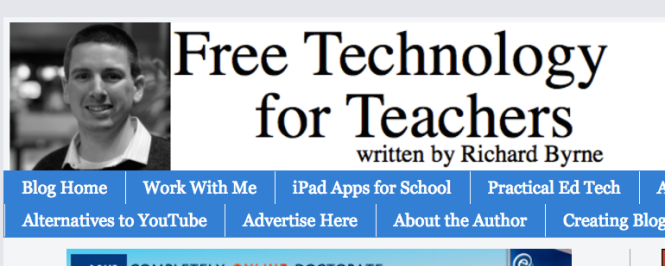Jessie Orrico via Unsplash
There are many resources out there to help you learn about and implement the Next Generation Science Standards (NGSS). Our science specialist recently found an excellent article that we’ve found particularly helpful in framing how to get started with NGSS.
Authors Mary and Russ Colson write with experience and in a voice that makes you want to keep reading. Here’s a bit from Mary’s perspective on the need to allow students to ask their own questions to generate curiosity and persistence:
“I’m learning to let students pursue their own questions more often. The result is almost always greater engagement.
Two years ago, as we looked at patterns of rock ages on a national geologic map, a student asked: “Can we use the scale of this map to measure how wide the United States is?” I said yes, and the students dove in with the special urgency born of ownership.
Scale, spatial-thinking, and problem-solving started right away. I overheard a student say: “I got 13 miles wide for the U.S., but that can’t be right. I drive 75 miles to my grandmother’s house.” After the first day, a student asked: “Can it just be our class that does this?” I realized that if the other classes did it, too, the activity would become just another teacher-initiated lesson.
Give yourself—and your students—permission to pursue ideas that students find interesting. Let driving questions originate from the students even if they don’t exactly track your goals for the lesson. Then, seize the opportunity to join your students in making sense of their measurements, observations, and tentative explanations.
In 2011, my students and I watched a video of a tsunami rolling over the east coast of Japan. As the water pushed houses, ships, and cars inland like bits of driftwood, questions tumbled from my students like flotsam. One student asked: “Are we having more and bigger earthquakes than we used to?”
What an interesting question. Maybe your students can answer it. Earthquake data is available online. Join them in the journey.”
Read the entire piece here.
You can find many more resource and articles about NGSS at the NGSS Hub.









